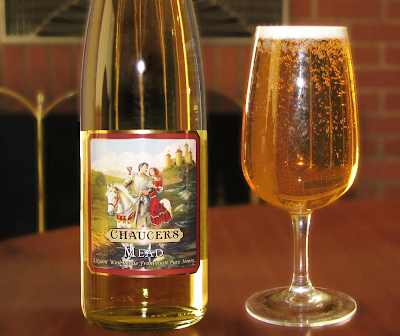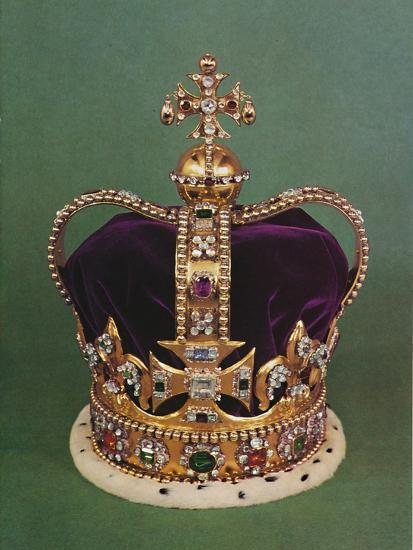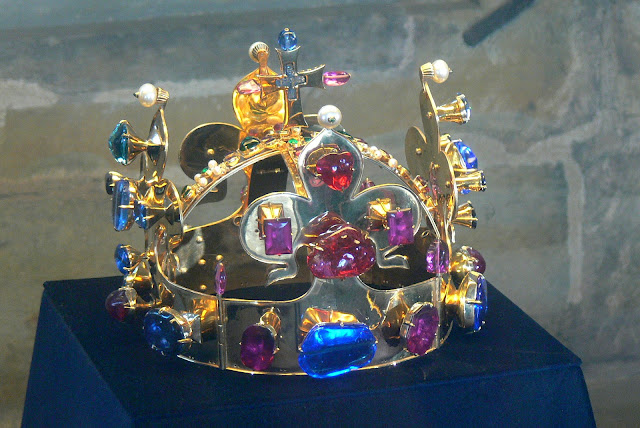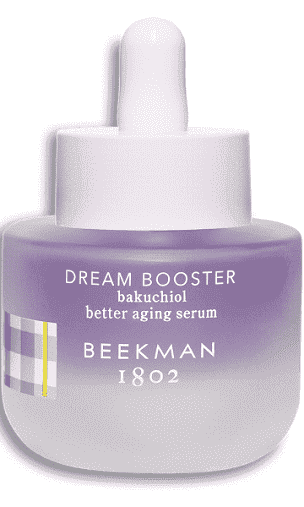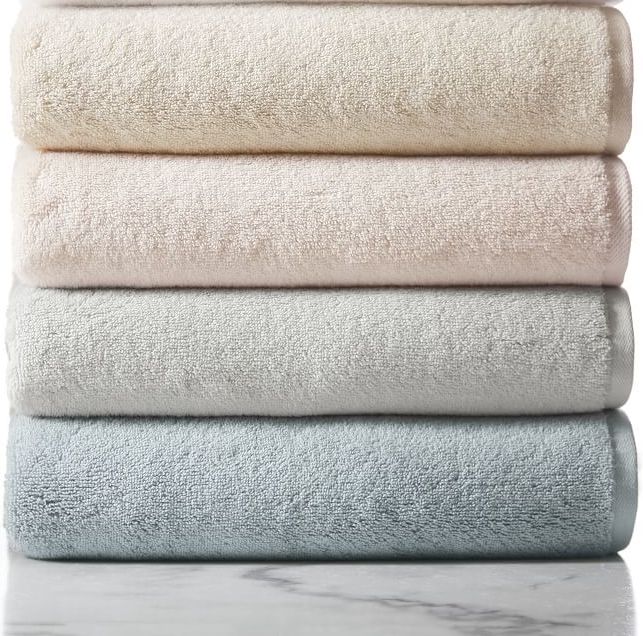Although I enjoy a glass of red wine with dinner, I don't drink more than a glass or 2 about every 4 - 12 weeks as I'd rather spend my calories eating than drinking. Unfortunately, you can't do both if you hope to maintain a healthy weight after a certain age. That said, I have never tasted mead and would like to!The following newspaper article is so well written and since I know absolutely nothing about mead other than some vague notion that it was the drink of Vikings and medievals, I'm simply going to directly quote and link the article below ...
According to Rob Adams, a meadmaker interviewed in the Charlotte Observer, mead is " 'an alcoholic beverage made with honey and water, then fermented with yeast. It can range from sweet to dry. It can also be traditional (just honey, water, and yeast), or it can include fruit, vegetables, spices, herbs, or malted grains — like beer.' " Continuing with the article: " 'To make mead, you blend honey and water to form a ‘must,’ which is what the watered down honey liquid is called before fermentation,'” according to Adams. He explains that " 'the term must is also used in wine and cider making.'
'Once you have prepared the must, yeast is added to convert the sugar from the honey into alcohol,' Adams went on ... 'Since honey is almost 100 percent sugar, you need to add nutrients during the fermentation so the yeasts are happy and healthy — and so they don’t contribute unwanted flavors.' "Adams says," 'You can add fruit, spices, etc. at any point during the fermentation, depending on what flavor or aroma you intend to impart.' "
Age is the element that sets mead apart from cider and wine.
Another meadmaker, Kevin Martin, explains that " 'Mead is likely the very first fermented beverage on earth ... which makes sense ... because honey as a sugar source was available before other processed sugars and sweetening methods.' "
The ingredients in a Basic Mead Recipe are the following:
4 gallons water
2 teaspoons yeast energizer
2 teaspoons yeast nutrient
2 packets of lalvin k1-v1116 yeast (wine yeast)
So after reading my blog today, maybe I won't have to drink alone. Wouldn't you, too, like to have a refreshing glass of mead? Skàl! Have you ever tasted it?
You may also enjoy:




